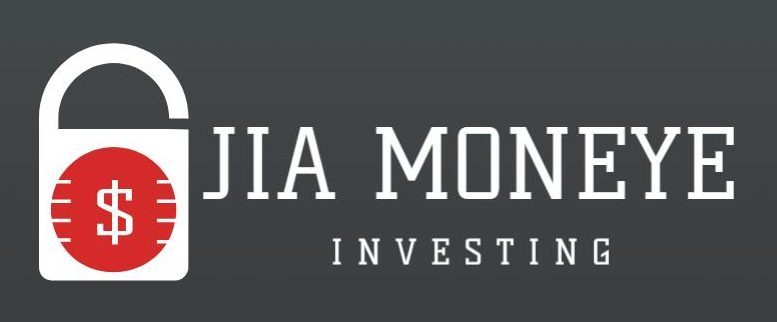
Building a Good Credit History: Steps to Take
From Zero to Hero: A Step-by-Step Journey to Building a Good Credit History
Building a good credit history is a crucial aspect of financial health. It is the key to unlocking numerous financial opportunities, such as securing loans, renting an apartment, or even landing a job. However, building a good credit history is not an overnight process. It requires a strategic approach, discipline, and patience. This article will guide you through a step-by-step journey from zero to hero in building a good credit history.
The first step in this journey is understanding what credit history is and why it is important. Credit history is a record of how you have managed your credit over time. It includes information about whether you pay your bills on time, how much debt you have, and how long you’ve had credit. Lenders, landlords, and employers often check your credit history to assess your financial responsibility. A good credit history can make it easier for you to get credit, often at better terms.
Once you understand the importance of credit history, the next step is to start building it. If you’re starting from scratch, consider applying for a secured credit card or a credit-builder loan. A secured credit card requires a cash deposit that serves as your credit limit. On the other hand, a credit-builder loan holds the amount you borrow in a bank account while you make payments. Both options can help you establish credit, provided you make your payments on time.
Making timely payments is the third step in building a good credit history. Payment history is the most significant factor in your credit score, accounting for 35% of the total. Therefore, it’s crucial to pay all your bills on time, including credit cards, loans, and even utilities. Setting up automatic payments can help ensure you never miss a due date.
The fourth step is to keep your credit utilization low. Credit utilization is the ratio of your credit card balances to your credit limits. A lower ratio is better for your credit score. As a rule of thumb, try to keep your credit utilization below 30%. This means if you have a credit card with a $1,000 limit, try not to carry a balance of more than $300.
The fifth step is to maintain a mix of credit. Having different types of credit, such as credit cards, retail accounts, installment loans, finance company accounts, and mortgage loans, can positively impact your credit score. However, this doesn’t mean you should apply for credit you don’t need. It’s more about showing that you can manage different types of credit responsibly.
The final step is to monitor your credit regularly. Regular monitoring can help you spot errors or signs of identity theft early. You’re entitled to a free credit report from each of the three major credit bureaus every year. Make sure to take advantage of this and review your reports for accuracy.
In conclusion, building a good credit history is a journey that requires strategic planning, discipline, and patience. By understanding the importance of credit history, starting to build it, making timely payments, keeping your credit utilization low, maintaining a mix of credit, and monitoring your credit regularly, you can successfully navigate this journey from zero to hero. Remember, a good credit history is not just about getting credit; it’s about financial responsibility and stability.


